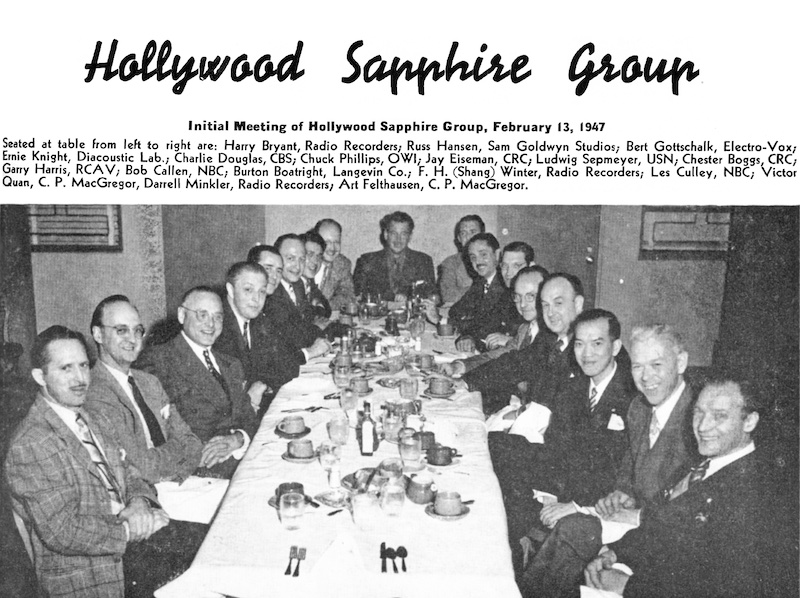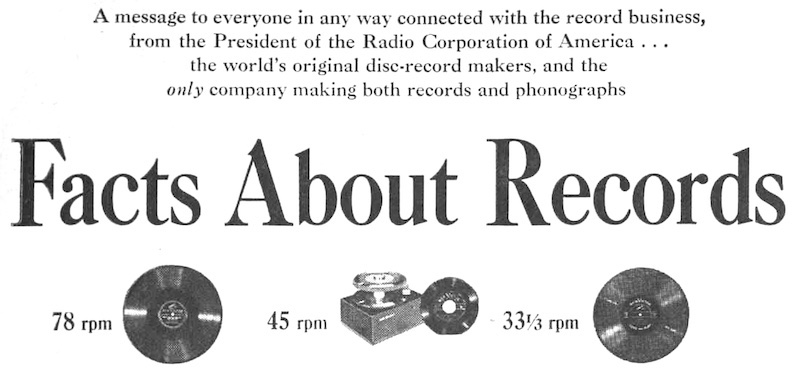Things I learned on Phono EQ curves, Pt. 16
EQカーブの歴史、ディスク録音の歴史を学ぶ本シリーズ。前回 Pt.15 では、こぼれ話的に「ハイ・フィデリティ」という用語の歴史について調べてみました。
On the previous part 15, I studied on the history of the term “High Fidelity (Hi-Fi)” as a side story, before I continue studying more on the history of disc recording and recording / reproducing EQ curves.
今回の Pt.16 は、再び本論に戻り、オーディオ工学に特化した学会の設立、そしてその学会から出された「統一再生カーブ」の提唱、などをみていきます。
This time as Pt. 16, I am going back to continue learning the history of disc recording, including the establishment of an academic society specialized in audio engineering; and the proposed playback curve advocated by that society.

source: “Hollywood Sapphire Group”, Robert J. Callen, Audio Engineering Magazine, Vol.32, No.1, January 1948, pp.17,39-41.
1946年2月13日、Hollywood の Brittingham’s レストランで模様された、Hollywood Sapphire Group の初会合の写真 (写真キャプションの1947年は間違い)

